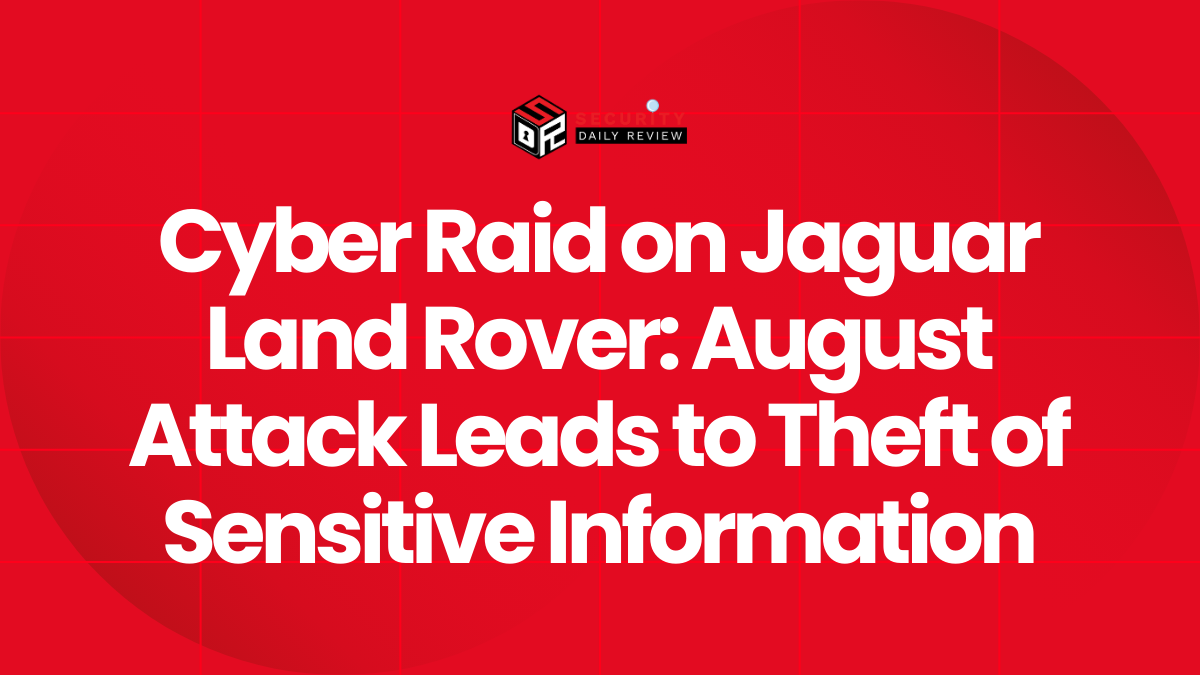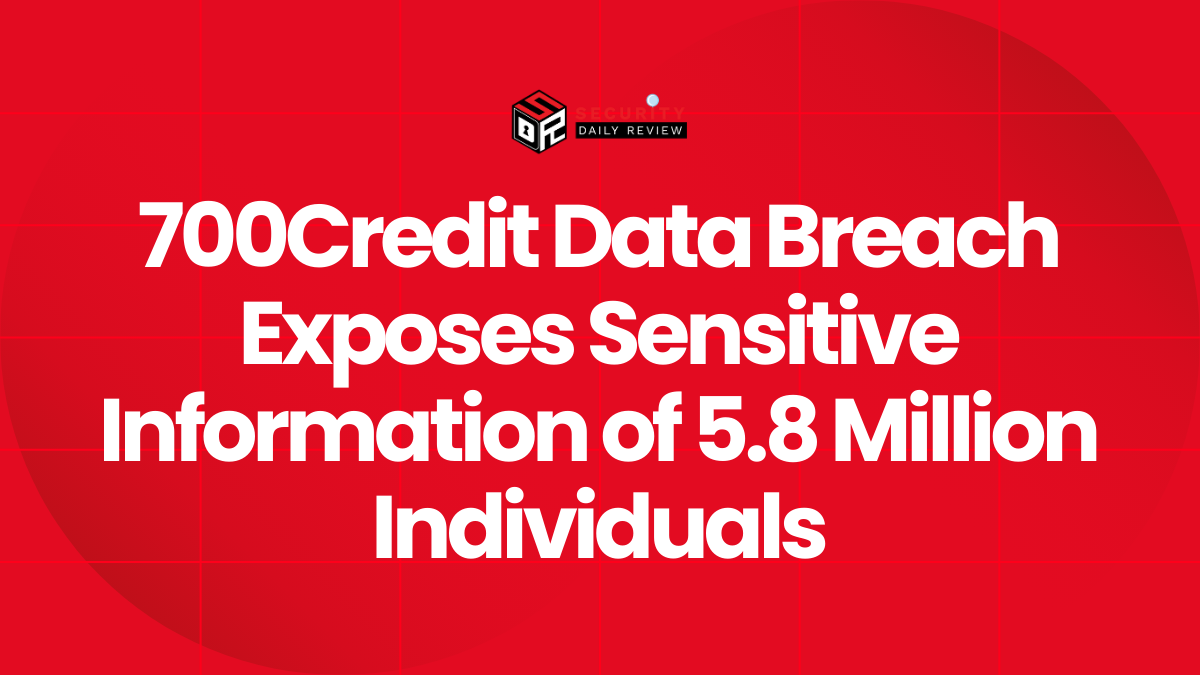F5 has confirmed that a sophisticated cyberattack in early August led to the exfiltration of source code, vulnerability data, and customer-configuration information associated with its flagship BIG-IP product line. The company, attributing the intrusion to a “highly sophisticated nation-state threat actor,” said the attackers maintained persistent access to its development and engineering platforms and accessed files stored within its knowledge management systems. F5 emphasized that it found no evidence the attackers tampered with its software supply chain or modified released code products.
The disclosure was filed via a Form 8-K with the U.S. Securities and Exchange Commission, citing that the compromise was first detected on August 9, 2025. F5 noted that while portions of the stolen data included implementation and configuration details for a small number of customers, critical assets such as CRM, financial systems, support case management and other platforms remained unaffected.
“Through this access, certain files were exfiltrated, some of which contained certain portions of the Company’s BIG-IP source code and information about undisclosed vulnerabilities that it was working on in BIG-IP.” — F5 in disclosure filing
CISA Issues Urgent Directive to Patch Affected F5 Products by October 22
In response to the disclosure, the U.S. Cybersecurity and Infrastructure Security Agency (CISA) issued Emergency Directive 26-01, which mandates all federal civilian agencies inventory F5 BIG-IP devices, check for management interfaces exposed to the public internet, and apply the latest updates by October 22, 2025. Agencies must report their actions to CISA by October 29, 2025.
CISA warned that the stolen source code and vulnerability information could give threat actors an advantage in identifying and developing exploits for as-yet unfixed issues in F5 products. The directive describes the incident as presenting “an imminent threat to federal networks using F5 devices and software.”
Development Environments Targeted, No Evidence of Supply Chain Tampering
F5 stated that the attackers gained access to its engineering knowledge management platform and product development environment specifically for BIG-IP. The company assessed that the attack did not impact other product lines such as NGINX, Distributed Cloud Services, or Silverline. Officials also said no modifications of code or supply chain artifacts were detected.
While F5 did not publicly name the attacker, media reports have suggested Chinese state-aligned hacking groups may be involved. Bloomberg cited sources claiming the group maintained access for at least 12 months, and used a backdoor implant dubbed BRICKSTORM.
To contain the damage, F5 engaged external security firms including Google’s Mandiant and CrowdStrike. The company rotated credentials, signing certificates and keys; enhanced its security monitoring and architecture; and reviewed its internal access controls and internal environments. F5 said it is contacting impacted customers and reviewing the contents of exfiltrated files to understand which configurations or implementation details were affected.
F5 also disclosed that its public disclosure was delayed by a regulatory process: the United States Department of Justice approved a postponement under a national security exemption, allowing F5 to delay its SEC filing.
The theft of source code and vulnerability information from a core vendor like F5 is significant: attackers can use the data for static and dynamic code analysis to identify zero-day flaws, craft targeted exploits, or optimize attack campaigns against devices deployed in enterprise and federal networks.
Organizations using F5 BIG-IP, F5OS, BIG-IP Next, BIG-IQ and associated modules are urged to:
- Immediately apply the latest security patches and firmware updates.
- Restrict administrative and management interfaces to trusted IP ranges and networks, removing Internet-facing access where possible.
- Monitor logs for anomalous access or configuration changes, particularly around reboots, firmware updates or signature changes.
- Employ threat detection tools to look for usage of exploit code patterns or unusual traffic targeting F5 devices.
- Rotate administrative and API keys, and review any custom configurations or scripts that expose internal logic or endpoints.
- Work closely with F5 support to identify whether a given customer environment’s configuration information was among the stolen data and follow any recommended mitigation guidance.
Vendor Supply Chain Risk
This breach underscores a growing trend wherein sophisticated adversaries target key vendors and development infrastructure to gain strategic advantage. By breaching development environments, attackers can potentially bypass downstream protections and directly influence or weaken defenses in client organizations.
Security professionals view this as analogous to high-impact supply chain attacks: direct exposure of vendor logic and internal systems dramatically reduces attacker ramp-up time. It also emphasizes the necessity for vendors to adopt stronger internal segmentation, code secrecy controls, and intrusion detection within their own engineering environments.
Organizations must increasingly assume that vendor systems, not only internal assets, are potential attack vectors. This shift requires closer integration of vendor risk management, shared visibility into patch timelines, and mandatory security assurance workflows from trusted software providers.
While F5 maintains that no customer systems appear to be currently exploited based on the breach, cybersecurity watchers warn that stolen source code and vulnerability data can still be weaponized over time. The coming weeks and months will test whether any new attacks emerge that leverage this exposed knowledge against F5 deployments.









